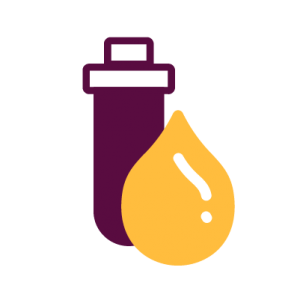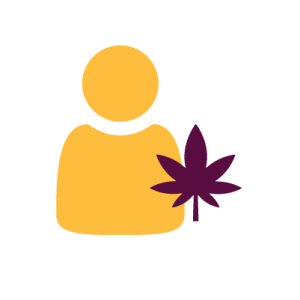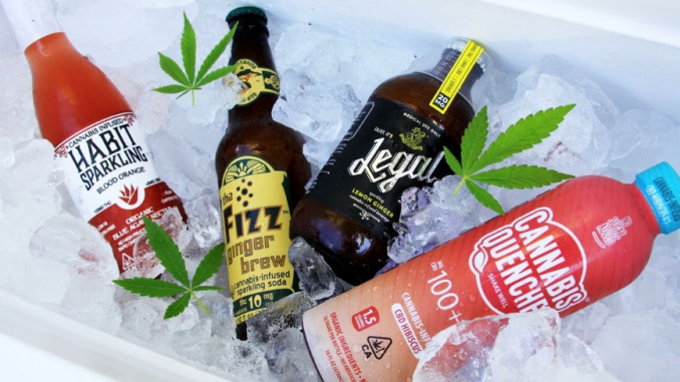SoapBoxSample Poll Shows 45% of Consumers Unaware of Cannabis Beverages, Presenting Opportunity for Marketers
August 18, 2020, Los Angeles, CA — While the cannabis-infused beverage category is expanding rapidly, product awareness and brand awareness lag behind, according to a survey of 1,000 U.S. cannabis consumers fielded July 2nd through July 16th, 2020 by consumer insights firm SoapBoxSample. Results revealed that the top reason cited for not having tried cannabis beverage products is that 45% of consumers simply did not know they existed. Meanwhile, those who have tried it are likely to try it again. The most popular types of beverages consumers have tried and say they will have again are juice or fruit punch (68%), hot chocolate (61%) and non-alcoholic wine (60%). Certain categories of cannabis-infused beverages have even become a part of some consumers’ weekly routines including coffee (42%), tea (42%) and juice or fruit punch (41%).
“This study illustrates the enormous potential of the cannabis beverage market,” said Jacqueline Rosales, COO of SoapBoxSample. “Cannabis consumers are eager to try new products and they are expecting brands to bring products to market that speak to their specific tastes and preferences. By connecting with their target audience, brands can make strategic decisions supported by market insights.”
Beer without cannabis is the most popular alcoholic beverage in the United States. However, that popularity doesn’t seem to translate to the cannabis category. SoapBoxSample asked consumers who hadn’t tried a cannabis beverage about their interest level in 13 different types of beverages. The only beverage that ranked lower than beer were aperitifs. Only 33% expressed an interest in trying cannabis-infused non-alcoholic beer. By comparison, 79% said they would like to try a cannabis lemonade or limeade. Other popular choices for would-be consumers include iced and herbal teas (79%), juice/fruit punch (77%), and soda/sparkling seltzer (72%).
Cannabis beer brands may be hoping to win over consumers once they sample the product. However, consumers who have tried cannabis beer have less interest in trying it again, compared to other beverage categories. While 39% of those who have tried cannabis beer said they would drink it again, 68% of those who have had cannabis juice or fruit punch said they would drink it again and 61% of those who tried cannabis hot chocolate would have it again. Adoption rates of cannabis sparkling water (59%), infused coffee/cold brew (58%) and infused iced or herbal tea (56%) were also relatively high, while cannabis beer (39%) and aperitifs (28%) ranked lowest.
The emerging popularity of cannabis beverages is reflected in the data. Among those who have tried cannabis beverages, 29% tried it for the first time in the last month. To understand rapidly evolving consumer preferences, SoapBoxSample looked at consumer interest in beverage types and awareness of cannabis beverage brands. Overall, brand awareness is low. Around 60% of consumers said they were unfamiliar with all 23 of the brands tested in this study, indicating there is room for cannabis brands to earn market share by increasing brand awareness.
The reasons people cited for consuming cannabis beverages mirror the trends that can be observed in the larger cannabis market. The desire to ease anxiety (53%), aid in sleep (46%) and manage pain or illness (37%) are some of the top reasons cited for consuming cannabis generally. A few drivers of consumption that are unique to the beverage category include enjoying the flavor (40%), curiosity about the taste (25%), ease of concealment (22%) and faster onset (21%). Demographic information from this survey shows that the cannabis beverage consumer is likely to be a white male between the ages of 21-54, who is married with children.













